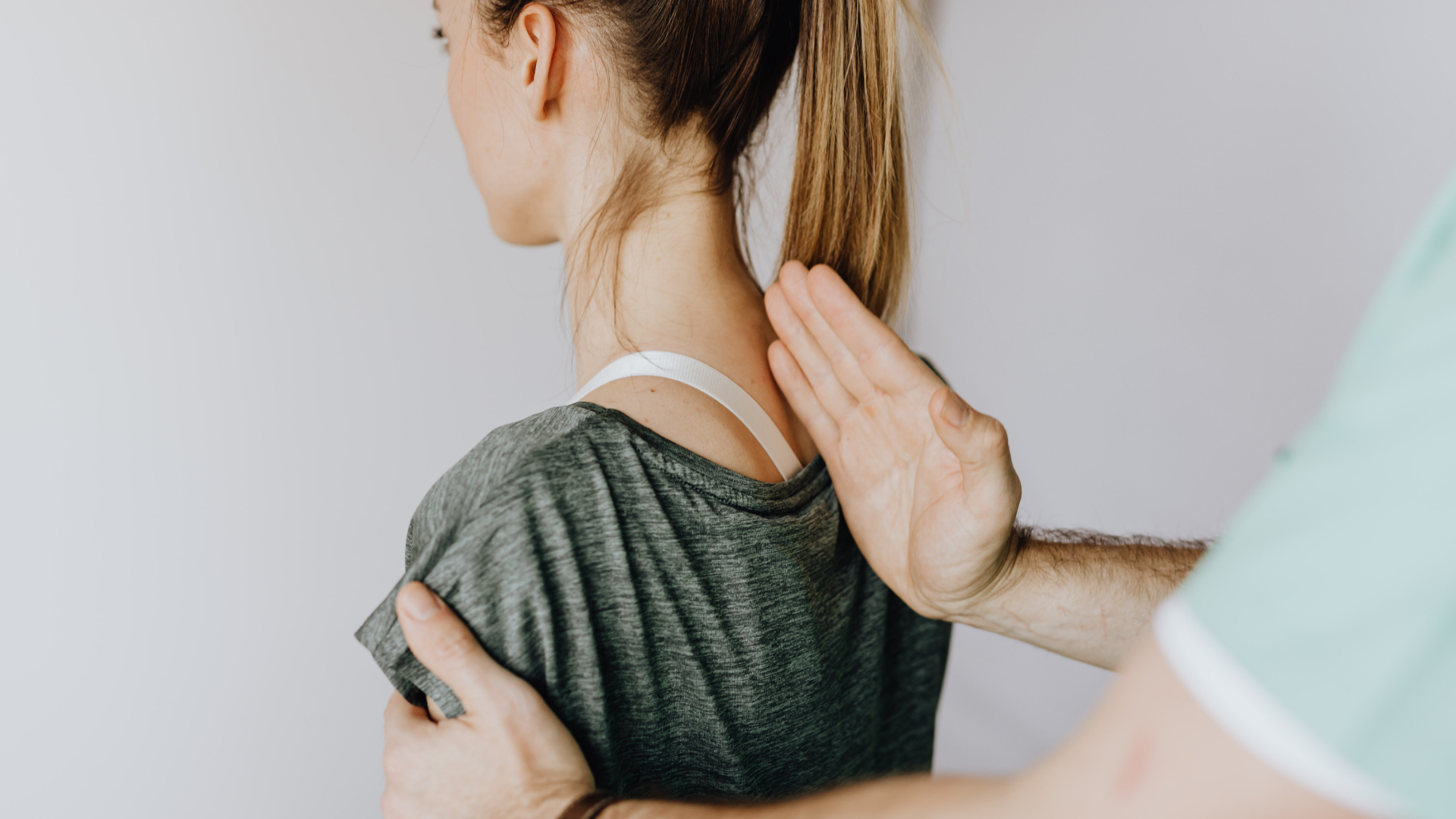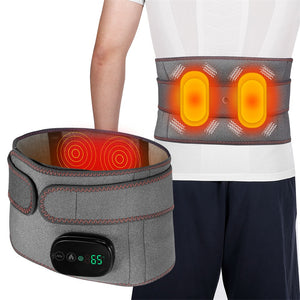Does a Best Back Brace Keep Your Back Straight

keeps your back straight by supporting it with much pressure, hence improving poor posture. It should be worn for 2-3 hours daily by adapting to the gradual process, and should be accompanied by daily exercises in order to strengthen back muscles for optimum results.
Why Use a Brace
There are a lot of reasons for putting on a , but the major one is support to the lower back, particularly for people who sit in the same position for long or engage in repetitive tasks and involve heavy lifting in their daily lives. Back braces are usually worn for relieving pain at the lower back and improving poor posture and, in part, preventing spinal and vertebral issues. Poor sitting and standing postures, as well as muscle imbalances, are only a few of the many problems that could bring on chronic back pain. A brace will provide the necessary external support to help improve the posture, relieve pressure off of the back, and any pain.
Equally effective for those recovering from surgery or in rehabilitation, immediately after surgery, the back muscles are weak. In doing so, during this period of time, the brace supports the back, which can be kept stable during daily activities without adding any excessive or unnecessary stress and strain. Not only does this hasten the process of recovery, but it also reduces the risk of recurrence caused by improper movements. Put differently, a back brace provides an extra outer layer of protection to support the lower back while protecting the normal physiological curvature of the spine.
How It Works
Basically, the principle of working for a back brace is through the application of a certain degree of pressure and support to the spine and lower back, aiding in the and, to some extent, the restriction of excessive lower back movements, which in turn reduces stress to muscles and the spine. Different types of back braces come with different designs; generally, they offer support around the waist, lower back, and even shoulders.
In this respect, when put on, this back brace conforms to the curve of the back, forming external support which limits forward and lateral bending of the spine. This way, besides posture improvement, it reduces the burden on the back muscles. Generally, the brace shall press the abdominal zone a little, and instinctively this will make a person stand up straight without slouching and arching the back.
The back brace also puts in some pressure from the back to reduce the load on the spine. In people who have to sit for hours or do much work, the brace will help the muscles distribute some of the loads so their muscles can rest. Although that should indeed keep in mind a doctor's or physical therapist's suggestions regarding long-term bracing, the truth is that long-term bracing really does help many people maintain healthy posture and daily life habits.
Types of Braces
There are numerous back braces available in the market; each has its design and functionality. Three common types of back braces may be differentiated for different situations and groups of consumers: light support, moderate support, and heavy support-back braces.
Light support back braces come with lightweight materials and are generally suited for mild discomfort or posture correction. For instance, office workers can wear light posture-correcting braces to keep their sitting position upright during work, which reduces the back discomfort from long sitting.
Moderate support braces are more solid and usually serve for situations when more lumbar support is required, like prolonged physical labor or post-exercise lower back fatigue. Moderate support braces can usually help in supporting the lumbar spine, reducing pressure on the lower back, and relieving discomfort brought about by extended physical exertion.
The heavy support braces target people with serious spinal issues or those who have just had back surgery. These are normally bigger, providing stronger support while limiting major movements in the lower back to help and prevent re-injury of any kind. Such a brace would be targeted at spinal protection and would normally be worn on recommendation by the doctor to aid in better recovery.
Benefits & Drawbacks
Back braces have a number of advantages in supporting the lower back and pain relief but also have their possible disadvantages. Understanding such pros and disadvantages are necessary as it helps the users in arranging and choosing the right brace more effectively.
The main advantage of the back brace is that it can offer support to the lower back. This is crucial for individuals who need to be in a certain posture at work or during everyday life for a very long period. In this case, the brace will help to get rid of pressure on one's back and . Meanwhile, back braces do effectively help improve posture. For people with the habit of slouching or incorrect standing postures, this brace provides a supporting point for correction and helps establish good posture habits. Moreover, back braces are supportive during the rehabilitation process after an operation or for people experiencing chronic back conditions. It reduces the negative impact of inappropriate movements and therefore enhances the back muscles of the patient progressively.
On the contrary, back braces also have some disadvantages. The continuous use of the brace leads to gradual atrophy of the back muscles since the brace, while providing support to the lower back, also reduces the muscles' usage rate. This is because, if muscles are not exercised for a long period, they become weak; this increases one's reliance on the brace even more. For that reason, braces are normally indicated for short-term or staged use, along with proper exercise to improve muscle strength. Furthermore, there are a few brace designs that limit a range of motion, which would not be ideal for those who rely on flexible movement. Braces can help one relieve back pressure, though overall, provided their use is appropriate; on the other hand, too much reliance or incorrect application may bring forth adverse effects.

Wearing Tips
Wearing a back brace is not just circling it around the lower back; wearing it correctly will better maximize the support effect of the brace and avoid unnecessary discomforts. Before putting on any brace, make sure the to snugly fit the back without excessive pressure. Generally, it should be placed around the lumbar and lower back, conforming to the curve of the spine for effective support.
The wearing time should not be very long, especially for fresh users. Gradual adaptation to its support is necessary; for instance, a person can wear it for 2-3 hours daily and then gradually increase the duration up to approximately 5 hours but without wearing it the whole day to avoid the phenomenon of muscle dependence. On a normal day, the comfort level should guide in determining the time of wear and changing the position of the brace or even removing it when there is discomfort or tightness.
Wearing a brace should be combined with loose clothes because making the fitting of a brace easier and avoiding the binding due to the thickness of one's clothes. In everyday activities, bending or lifting heavy things requires special attention to the range and manner of movement for which it is necessary to avoid extreme bending forward of the lower back to lessen the strain on the back.
Choosing the Right Fit
A proper selection of the back brace should be performed. A wrong fitted brace cannot give proper support to the back. It can cause discomfort and poor posture. Understanding your basic measurements, like waist circumference and height, goes a long way in the selection of a properly fitted brace. Generally, braces come in models and sizes. Certain brands offer braces that can be adjusted and prepared to fit individuals with many different body shapes.
The are two of the factors you may want to consider when choosing a brace. Material largely influences comfort; a breathable brace, especially during summer, is important in order to keep cool and dry to reduce friction skin discomfort. Also, the tightness of the brace is another critical factor; it should neither be too loose nor too tight. It will be ineffective in supporting your joints if it's too loose, while if it's too tight, it may affect blood circulation.
You may want to check the professional certifications or doctor recommendations when you choose a brace. In particular, people who have just come out of surgery or who have constant back pain will find that a medically-approved brace is much safer and more effective. Overall, choosing a correct size and material of brace can realize the best support effect and comfort in daily wear.
FAQs
Q: Can a back brace keep the back straight? A: Yes, a back brace helps keep the back straight by providing external support for the spine, correcting poor posture, and encouraging a straightened back. It can help relieve slouching or arching issues, but good posture habits and proper exercise are also needed for lasting effects.
Q: Can I wear a back brace for extended periods? A: A back brace should not be worn for extended periods. It is recommended to use it in intervals in daily activities, gradually adapting to avoid muscle dependency. Typically, it is suggested to wear it for 2-5 hours daily during the adaptation phase, along with back muscle exercises for added strength.
Q: Can a back brace treat a herniated disc? A: A back brace cannot cure a herniated disc, but it can help reduce spinal pressure and relieve back pain. For spinal issues, braces are generally used as an auxiliary recovery tool and should be used under the guidance of a doctor or physical therapist.
Q: How should I clean my back brace? A: Most back braces can be hand-washed or wiped with a damp cloth. Specific cleaning methods should be referenced in the product manual. Avoid high-temperature cleaning and sun exposure to prolong the brace's service life.
-
Posted in
Back pain causes, Back pain solutions, Brace














